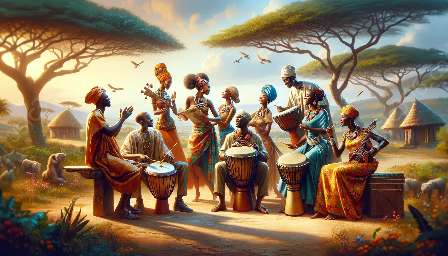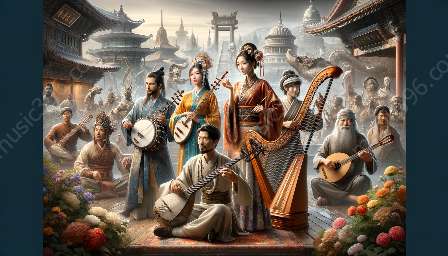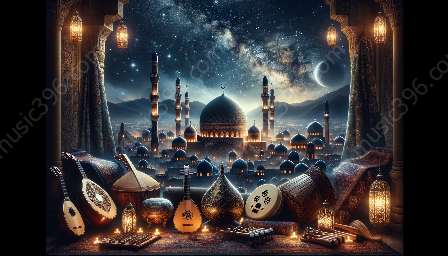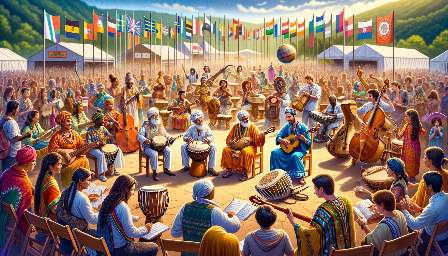South Asian music holds a deep spiritual and religious significance, playing an integral role in various religious and cultural practices. This exploration delves into the traditional use of South Asian music, its influence on world music, and the instruments and rituals associated with it.
The Significance of South Asian Music in Religion and Spirituality
South Asian music has been an intrinsic part of religious and spiritual traditions for centuries. Its melodic and rhythmic elements are deeply intertwined with the cultural, social, and spiritual fabric of the region. The use of music is often considered a powerful medium for connecting with the divine, expressing devotion, and invoking a sense of transcendence.
Religious and spiritual leaders across South Asia have historically utilized music as a means to convey the essence of their faith, creating a profound impact on the worshippers. The evocative nature of South Asian music has the ability to induce a trance-like state, leading individuals to experience deep spiritual connections and insights.
Instruments of Tradition: A Closer Look
The traditional instruments used in South Asian music are diverse and unique, reflecting the rich history and cultural diversity of the region. The tabla, sitar, veena, and harmonium are among the most iconic instruments that are integral to religious and spiritual music performances. Each instrument holds its own symbolism and significance, contributing to the sacredness of the musical experience.
The mesmerizing sounds produced by these instruments serve as a bridge, connecting the earthly realm with the divine. Their intricate melodies and rhythms are crafted to evoke specific emotions, leading the participants and listeners on a spiritual journey.
Rituals, Ceremonies, and Music
South Asian music forms an integral part of religious rituals and ceremonies, shaping the entire ethos of the occasions. From devotional chanting to elaborate musical performances, the intertwining of music with spiritual practices creates an immersive experience for participants and attendees.
Devotees engaged in spiritual rituals often use music as a tool for meditation, prayer, and collective worship. The rhythms and melodies guide the devotees through a harmonious flow, amplifying the spiritual energy present in the sacred space.
Impact on World Music
The influence of South Asian music extends beyond its religious and spiritual domain, leaving an indelible mark on world music. The intricate rhythms, elaborate melodies, and spiritual underpinnings of South Asian music have inspired and influenced musicians and composers globally.
Artists from diverse backgrounds have embraced the essence of South Asian music, incorporating its elements into eclectic compositions and performances. This cross-pollination has contributed to the dynamic and evolving landscape of world music, fostering a deeper appreciation for the cultural and spiritual dimensions embedded in South Asian musical traditions.
Exploring Cultural Practices
Delving into the religious and spiritual use of South Asian music provides a deeper understanding of the cultural practices and traditions that have thrived for generations. By embracing the musical heritage of South Asia, individuals gain insights into the profound connections between music, spirituality, and cultural identity.
Overall, the religious and spiritual use of South Asian music showcases the transformative power of music in connecting humanity with the divine, influencing world music, and preserving cultural legacies.










































